Most commercial contractors are familiar with ADA regulations (Americans with Disabilities Act). In fact both Texas & the Federal government regulate these ADA codes. These regulations are in place to ensure that a handicapable person can access all the amenities welcome to the general public. Examples of these regulations can be seen at stores and shopping malls throughout the country. Unfortunately most residential contractors are not as familiar with these ADA commercial standards.
An example case study would be Mark Spillers and his father Walter. Walter was living in San Antonio and desired to move closer to his son. They contacted RBS wanting both a work shop and a living space for Walter. They also wanted to ensure that the building would be Handicap accessible. We worked extensively with the Spillers to come up with an ADA compliant plan.
The cost to construct an ADA compliant home is about the same as a NON-compliant home. Some examples of the ADA compliant features of this project include: A recessed shower to allow for wheel chair access, wider door openings and hallways, levered type door hardware, landings at walk doors, proper turning radiuses for wheelchairs and reinforcing interior walls for future handrails. The expense of the items during initial construction is relatively insignificant when compared to retro fitting.
The main advantage to preplanning for ADA is that you end up with a better quality of fit & finish. Use the handrails for an example. To retro fit handrails you would have to add reinforcing to the existing interior wall. This means either removing the drywall & concealing the blocking or leaving it exposed on top of the existing drywall. Compare that to a prepared wall that simply needs 16 Phillips head screws to install.
Making things accessible to all is a good practice. The truth is that none of us knows what the future holds in store. What new injury we may incur? What new guest may show up for the Holiday’s or to stay permanently? Planning for accessibility ensures that you are covered no matter what your situation is.
Check out Mark and Walter Spiller’s and more non-commercial construction photos in our gallery.
Be sure to check back in with our blog and learn more about general contracting tips.


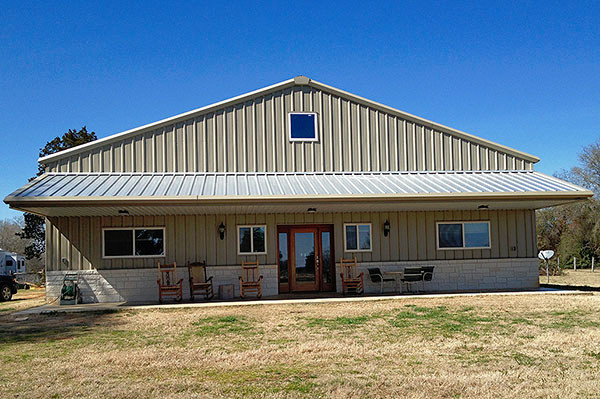

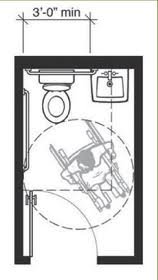
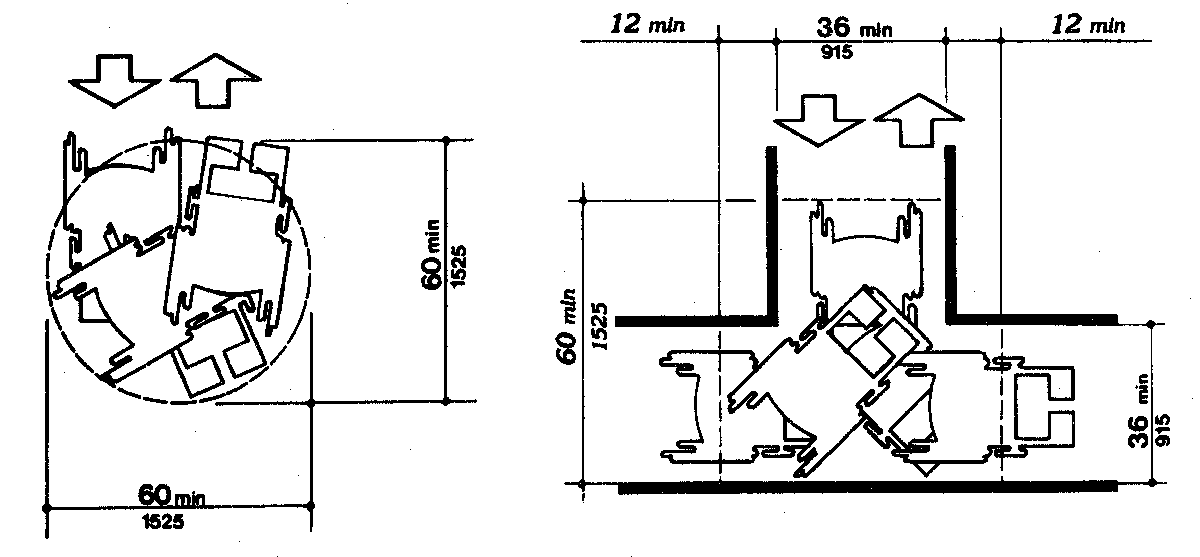
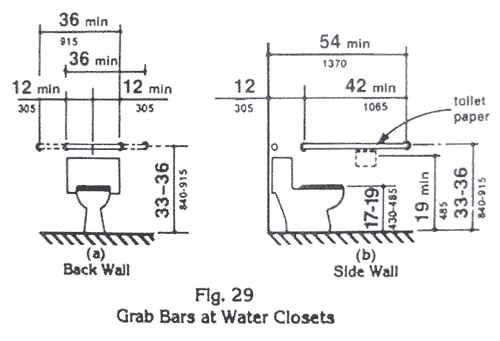
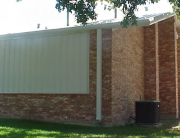

Leave A Comment